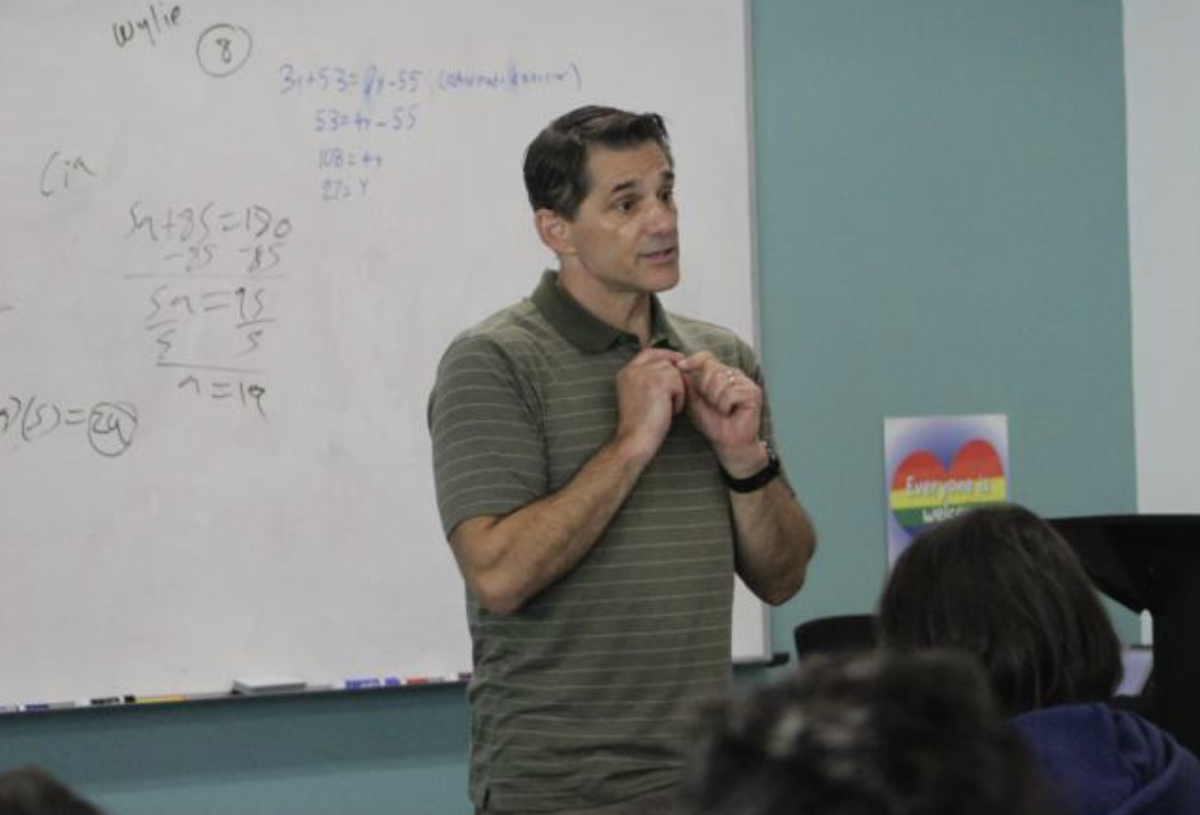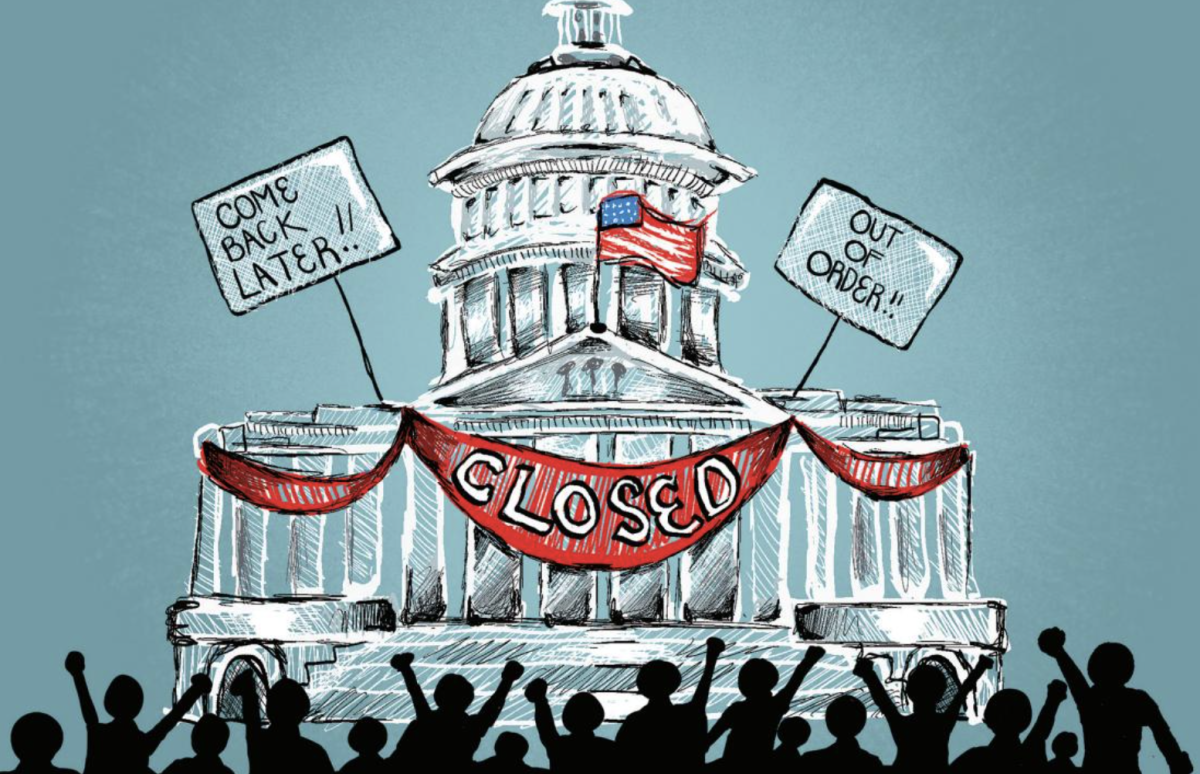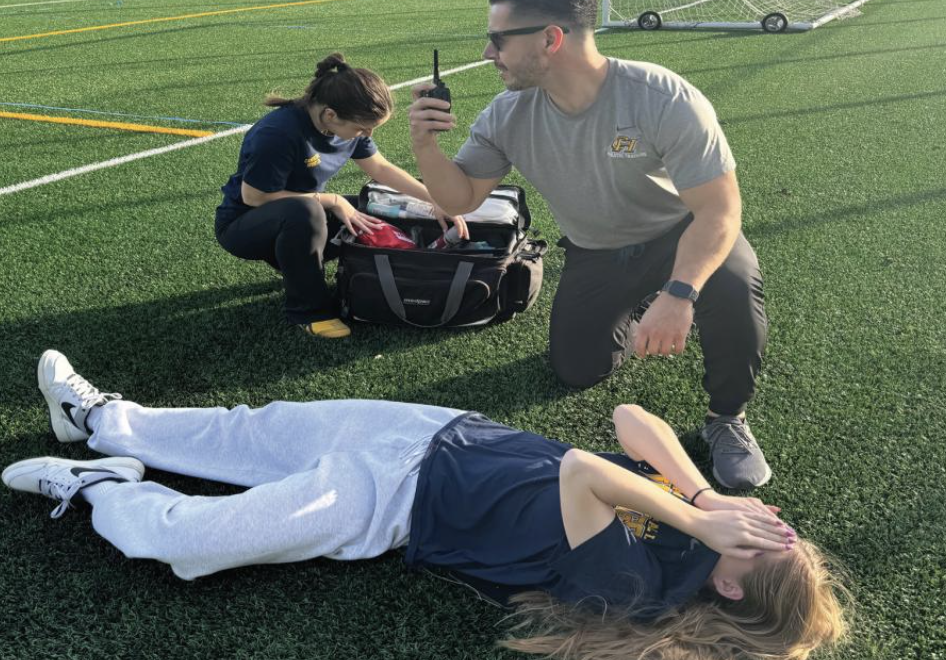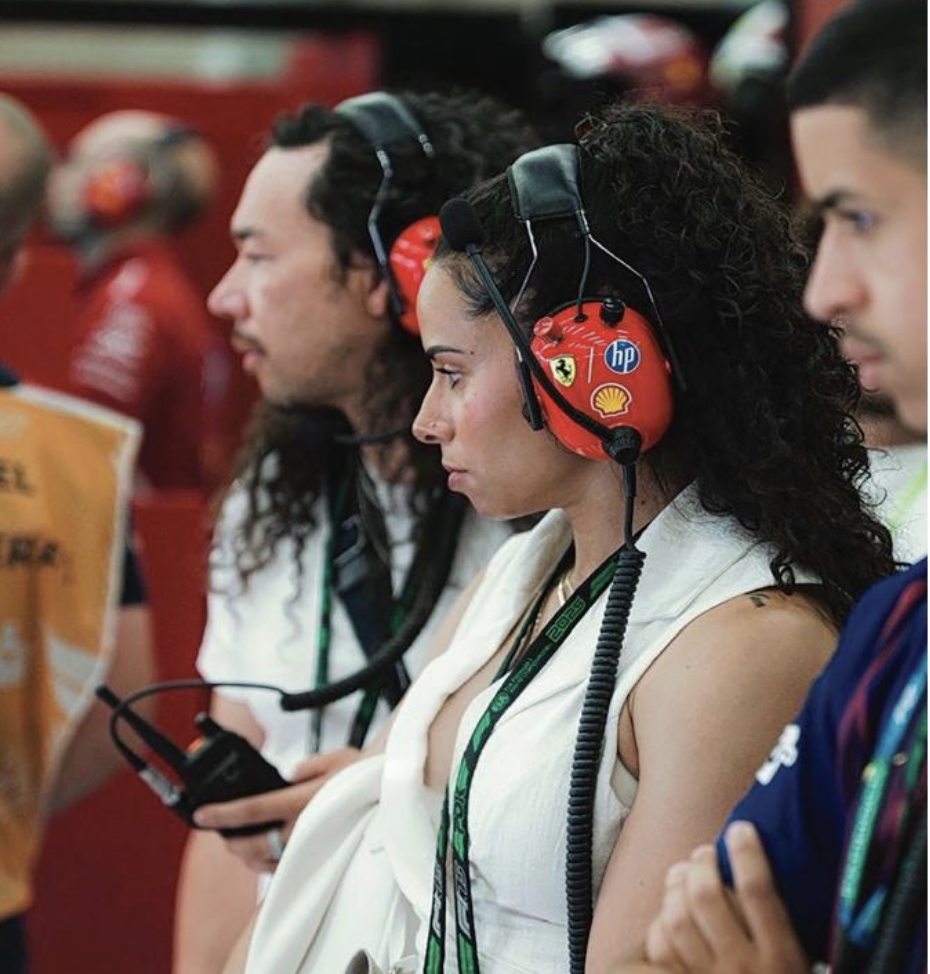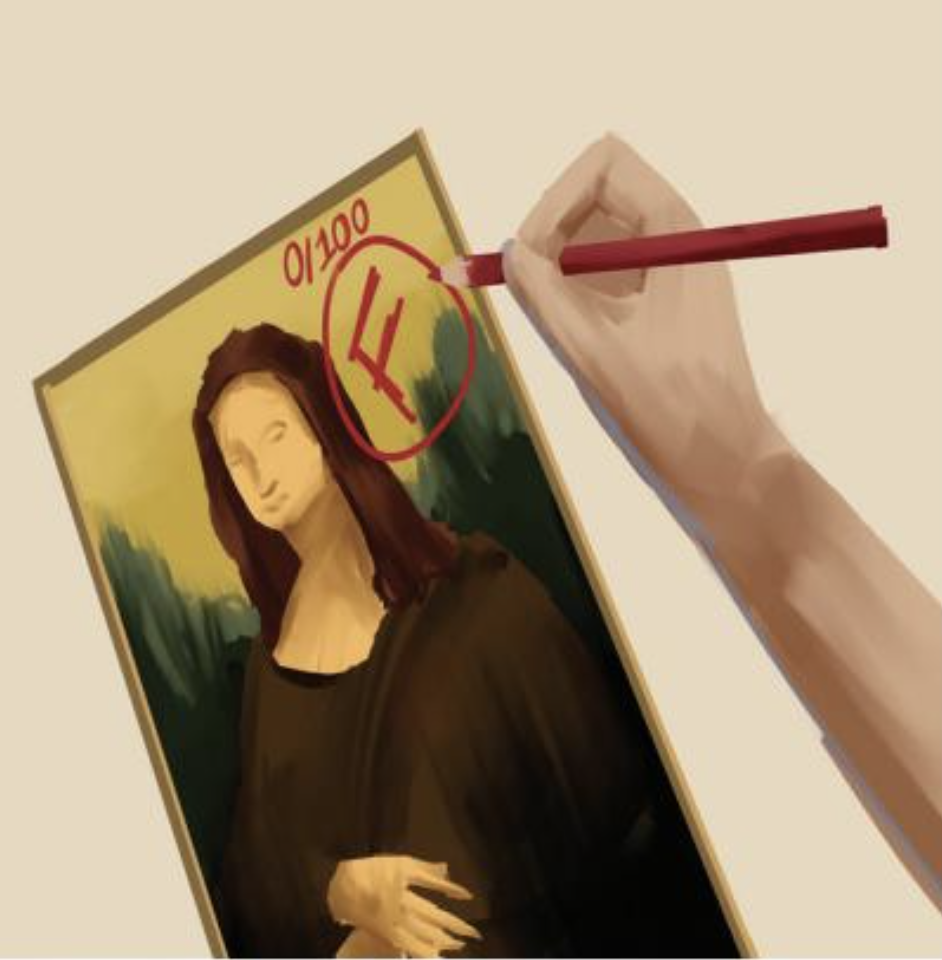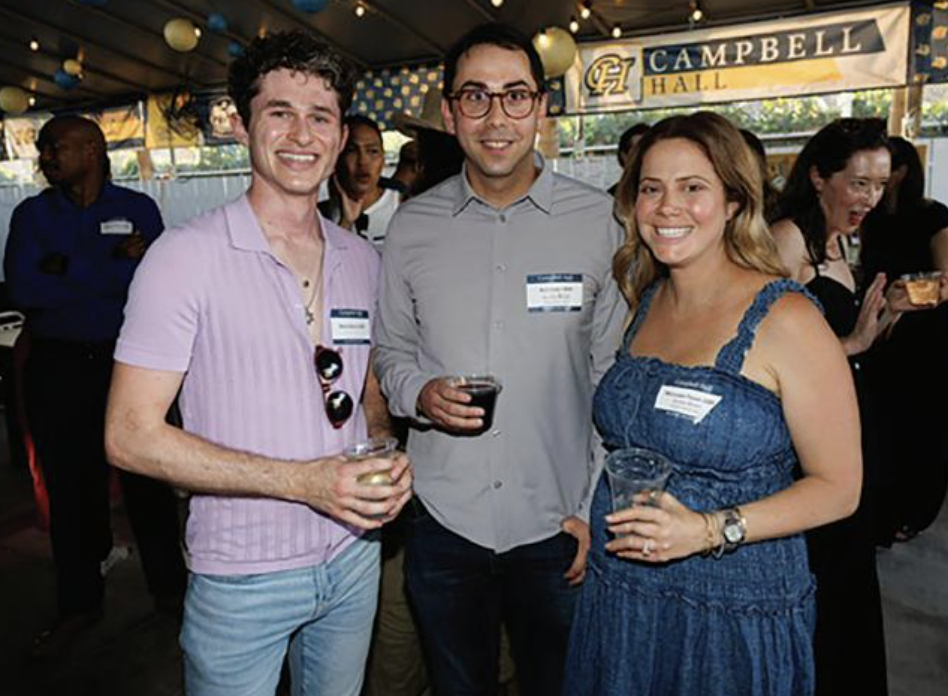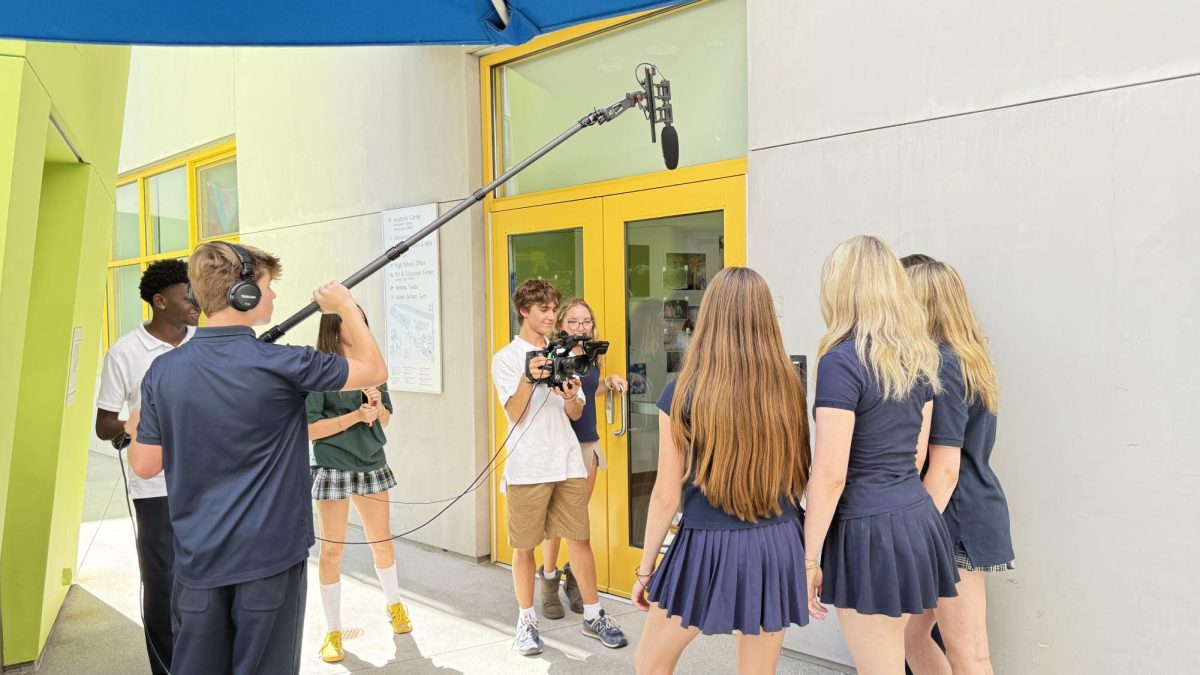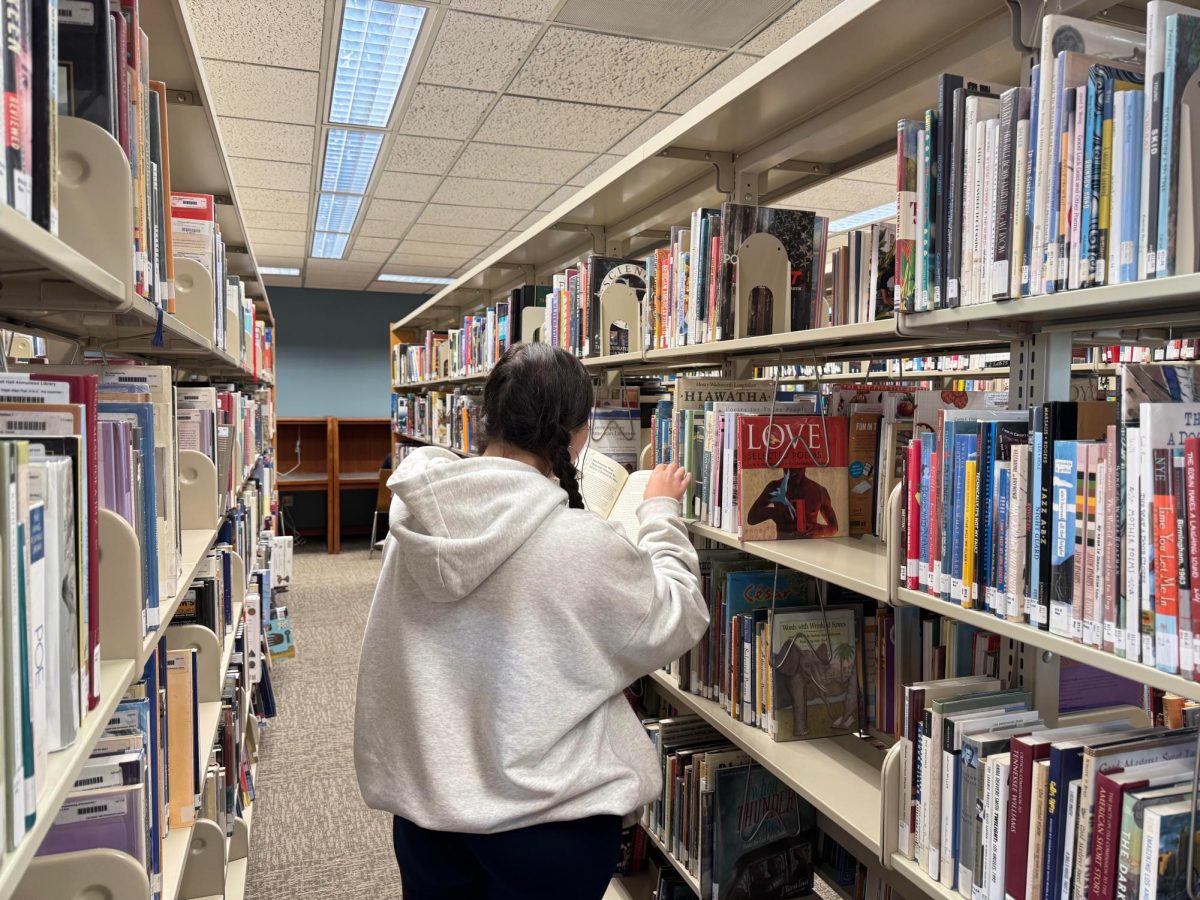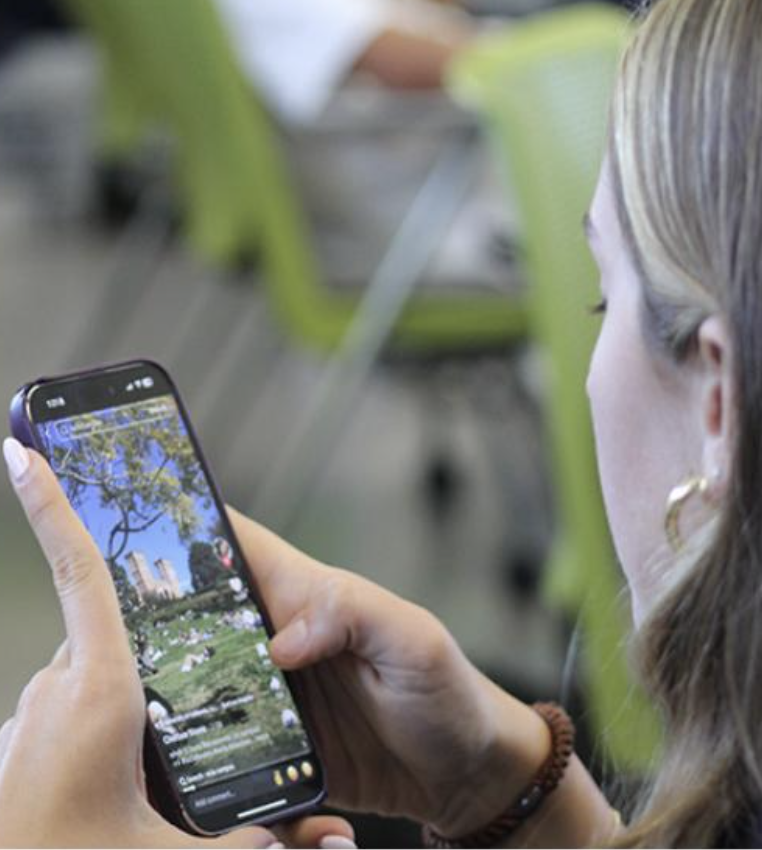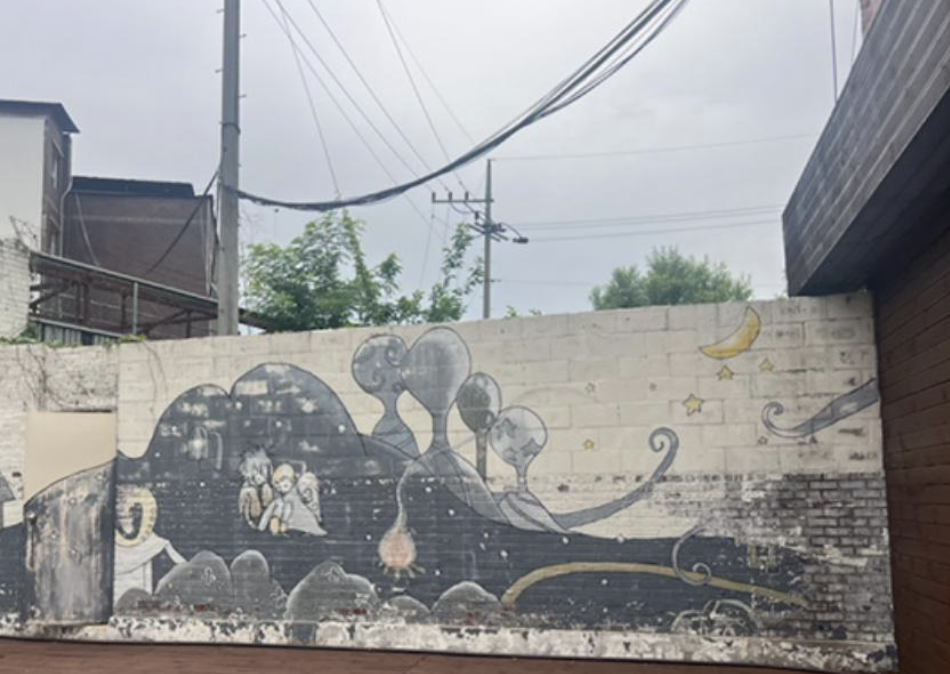Marching towards activism

Wyatt Kehoe & Jakob Bash
September 26, 2024
Fighting for rights, standing up and making changes. Campbell Hall encourages students to stand up for their beliefs and what they think is right.
Protesting is important to high school history teacher William Cullinan, who teaches it in the classroom so that his students can be good Americans who are able to have dignity and empathy for others. Both inside and outside of the classroom, he believes in fighting for his rights and the rights of others. He shares with his students that the United States is a country created upon political protest against England. He recognizes that, throughout the history of the country, protests have surfaced time and time again, each time going back to the rights written in the founding documents.
“It’s no coincidence that the women’s movement [and] the civil rights movement have all used the founding documents of the United States to show what we could be,” Cullinan said, “A lot of protesters have called back to this original spirit of protest and demanding the civil rights, the equality, the equity, whatever the fight may be in the present moment. We are a nation of protest.”
The differences between peaceful and harmful protesting can be a fine line to cross, in which Wyatt K. ‘26 shares his opinions on. Wyatt attended the women’s rights movement last year, which took place in Downtown Los Angeles, and was astonished by what he saw, as thousands of people were on the streets marching, and taking a stand. He has never been to an inherently harmful protest where everything turns towards violence, but he still recognizes that the line between peaceful and violent protests is easy to cross.
“In our world, everybody gets a voice no matter what, because we have freedom of speech and freedom of religion, but a lot of times people lose themselves between speaking their opinion, and being disrespectful,” Wyatt said. “It’s important that safe protesting is allowed to make sure everybody really has a voice. Everyone has a different perspective of what is harmful and what isn’t, but I would say killing another human being, destroying property and going into stores is kind of a known thing that isn’t beneficial to people’s lives and rights.”
When disrespectful phrases are used to threaten other’s rights and freedoms, Alumna Zoe T. ‘24 feels that peace can easily turn into violence. Zoe participated in the abortion walk out almost 3 years ago on campus. While she believes that it was safe, Zoe admits that in protests or walkouts outside of school, she wouldn’t feel as calm because of the way law enforcement has responded to past protests that didn’t have any forms of violence. She thinks about how this can affect other issues that activists want to protest, and the fear they have due to the ways the police react.
“When people are protesting, they can be very angry, although I do believe that the anger is justified,” Zoe said. “But the main reason why I don’t agree with violent protesting is because what ends up happening is places within the community are damaged. I would stick to peaceful protesting because you’re not damaging property which will later have an effect on other people, but you can also bring awareness to this issue which can later help bring a positive outcome.”
Like Zoe, Cullinan appreciates the fact that he is able to protest at the school he works at. He was a part of two on-campus protests; the March for our Lives, which protested gun violence and school shootings, as well as the Women’s March held in 2017. He feels that it is nice to be able to protest with the students, outside of Campbell Hall’s campus with the school’s support. Cullinan recognizes that being able to do this benefits the community since they get to fight for what they believe in.
“I read about so many school districts during this time [March for our Lives] that said that protesting to prevent gun violence was not allowed,” Cullian said, “They would say any student that does would face disciplinary consequences. I was very glad to work at a school where that was not the case, a place where you could go out and protest and it was supported.”


